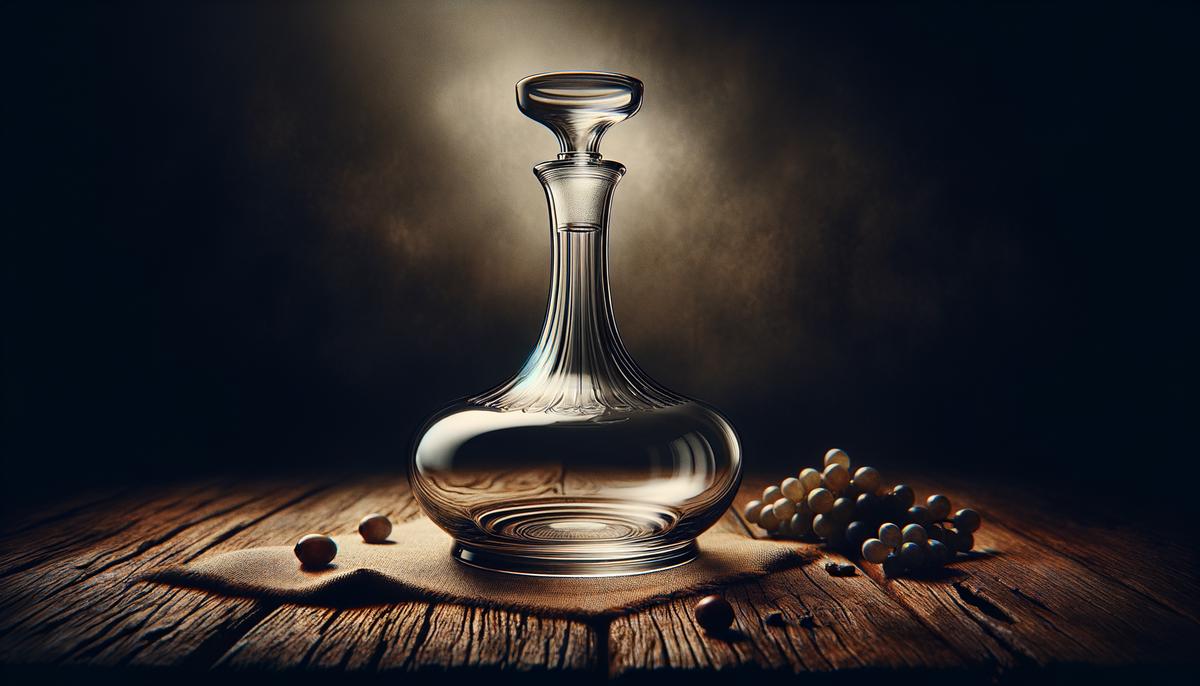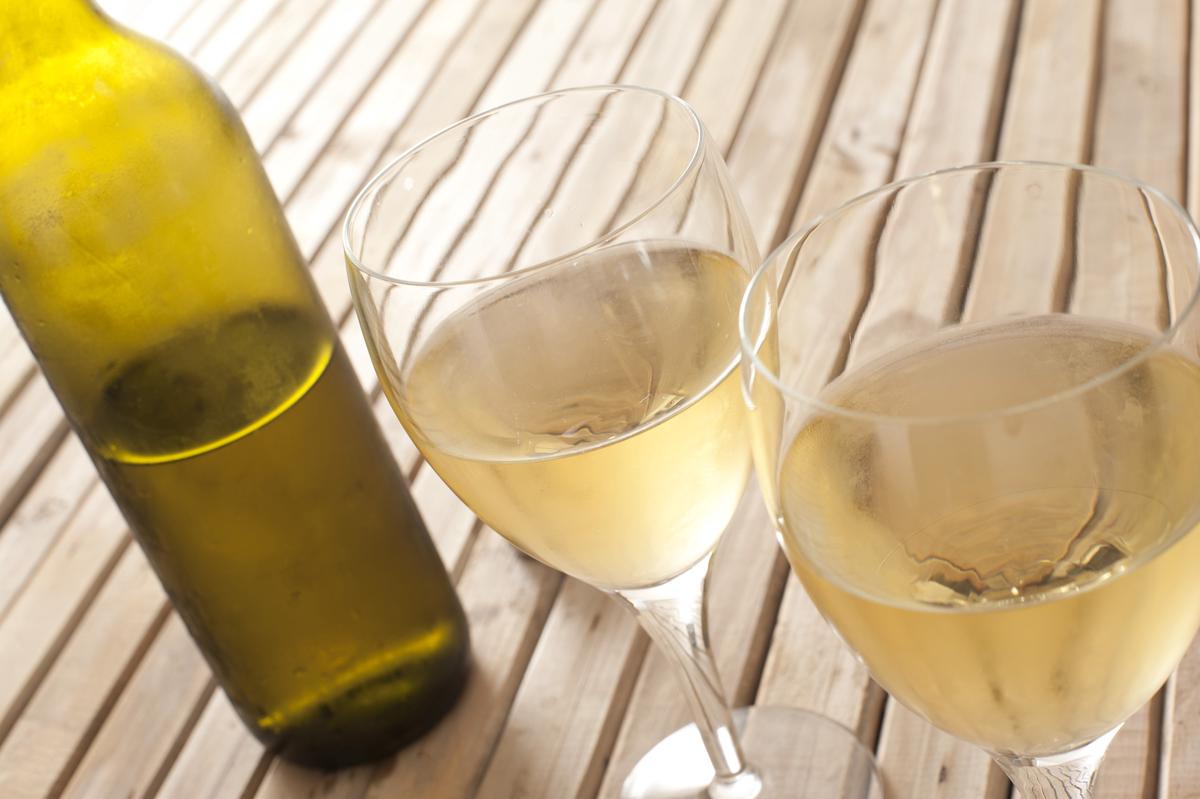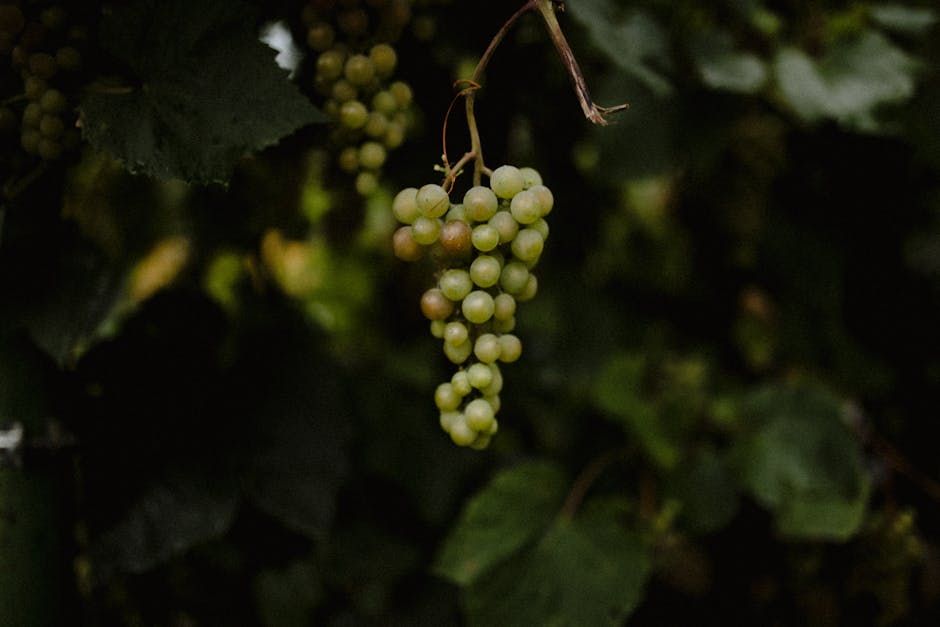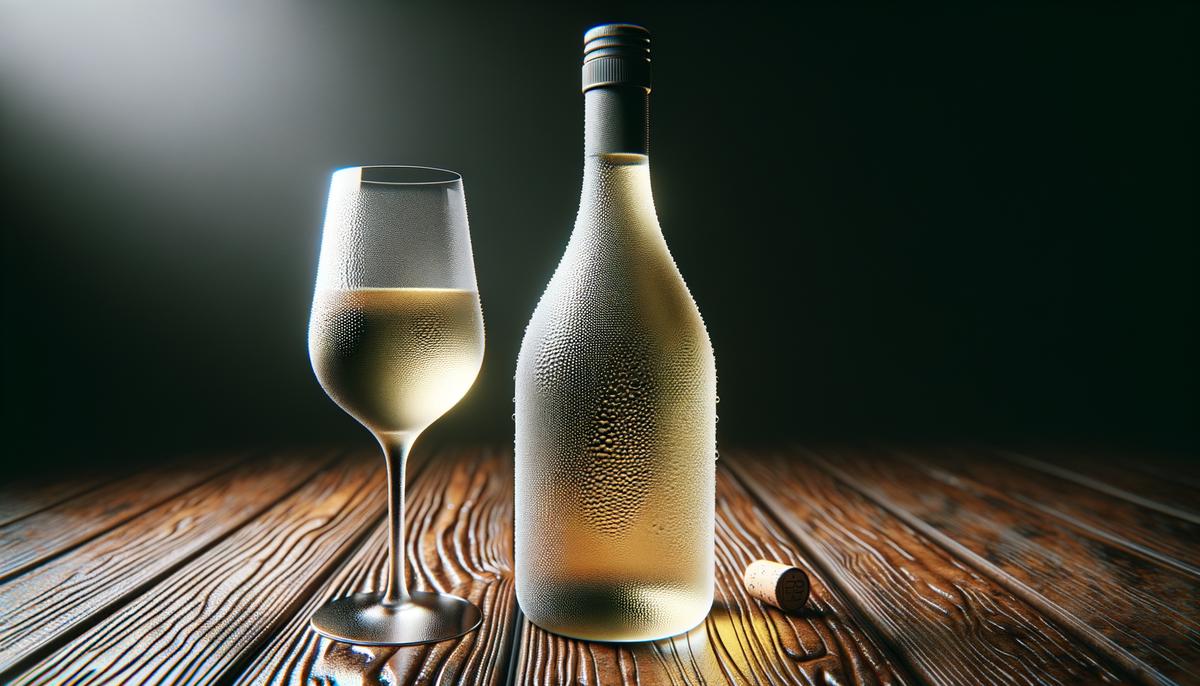Essential White Wine Tools
A proper beginning point is the Stainless Steel Foil Cutter Rabbit Wine. Don't let anyone fool you; removing foil with your fingernails is a rookie mistake. This $8 gadget, cutting through foil in one clean slice, is nimble enough to slide discreetly into any bar drawer.
Next up, the 2-Step Waiter's Corkscrew Rabbit Wine— the sommelier's bread and butter. Fancier uncorking devices might glitter, but this straightforward $15 tool gets the job done crisply without the fuss. It's about minimalism and efficiency.
For the wine glasses, GV Home All Purpose Glasses GHV Home offers a splendid option with their hand-blown stemware. At $48 for a 2-pack, these everyday glasses strike a balance between elegance and practicality.
The iittala 2 Quart Decanter ReserveBar, mouth-blown in Finland, stands at $165. Whether it's Cabernet or Champagne, this decanter adds a touch of sophistication and maximizes flavor exposure.
The Coravin Timeless Six+ preservation system is revolutionary for beginners. Priced at $249 to $349, this system lets you taste wines without pulling the cork, ensuring no wastage.
QelviQ, a personal sommelier that pairs with an app, nails the perfect serving temperature for your chosen bottle. At $495, it significantly enhances your wine experience by removing the guesswork from chilling.
Proper storage is critical as your collection grows. Options from Vinotemp or racks from Wayfair cater to various needs, whether you're starting with six or stocking up to 28 bottles.
Finally, consider a wine subscription like those from Snoot. They prioritize education, delivering a diverse array of wines right to your doorstep, broadening your palate and deepening your understanding.

Types of White Wines
Moving beyond the essential tools, it's time to explore the diverse landscape of white wines. Each type boasts its unique characteristics, tempting palates with a spectrum of flavors and aromas, all while playing the perfect companion to a variety of culinary delights.
Bold and Dry
For evenings when you crave something substantial without the heft of red wine, bold and dry white wines are your go-to. These wines boast rich, full-bodied flavors that complement hearty dishes.
- Popular Varieties: Chardonnay, Viognier, Trebbiano, Pinot Grigio/Pinot Gris.
- Characteristics: Expect a robust profile with notes that might include butter, tropical fruits, and a slight oakiness.
- Best Food Pairings: Roast turkey or chicken, creamy pasta dishes, high-fat seafood like lobster, and aged hard cheeses.
Light and Dry
Lighter on the palate yet packed with personality, light and dry white wines fit seamlessly into a variety of dining experiences without overwhelming your taste buds.
- Popular Varieties: Chablis, Chenin Blanc, Grenache Blanc, Albariño.
- Characteristics: Crisp, lively, often highlighting citrus, green apple, and floral notes.
- Best Food Pairings: Lighter fish and poultry dishes, grilled seafood, light pasta recipes, appetizers, and citrus-infused dishes.
Herbaceous
Perfect for those looking for a refreshing and invigorating wine option, herbaceous whites offer a more vegetal or mineral-forward profile that acts as a palate cleanser.
- Popular Varieties: Sauvignon Blanc, Grüner Veltliner, Vinho Verde, Vermentino, Verdicchio.
- Characteristics: Grassy, green, and mineral notes that often include hints of bell pepper, herbs, and flint.
- Best Food Pairings: Salads, tangy cheeses like goat cheese, sushi, grilled vegetables, and various seafood dishes.
Sweet and Semi-Sweet
Ideal for those with a penchant for sweetness, these wines aren't stereotypically sugary sips. Well-made sweet and semi-sweet whites have a delicate balance that can be both sophisticated and highly versatile.
- Popular Varieties: Riesling, Gewürztraminer, Moscato (Muscat Blanc).
- Characteristics: Aromatic, fruity, often with hints of peach, apricot, and honey. Some Rieslings also exhibit intriguing petrol notes.
- Best Food Pairings: Spicy dishes like those from Thai, Chinese, Cajun, and Indian cuisines, as well as fresh fruit and baked desserts such as cookies, cakes, and pies.

How White Wine is Made
The journey from grape to glass is as intricate as it is fascinating. Making white wine involves several precise steps that ensure the final product exudes the best possible flavor, aroma, and clarity.
First, we start with growing and harvesting the grapes. White wine production begins in the vineyard, where grape varieties such as Chardonnay, Sauvignon Blanc, and Riesling are cultivated. The timing of the harvest is crucial—grapes must be picked when they've reached the perfect balance of acidity and sugar.
Next, the grapes undergo pressing. This step separates the juice from the skins, seeds, and stems. Unlike red wine, white wine is pressed immediately after harvesting to maintain its light color and subtle flavors.
Once the juice is extracted, it's time for settling. During this stage, the juice is left to sit undisturbed in tanks for a day or two, allowing any remaining solids to settle at the bottom. Winemakers then carefully rack, or siphon, the clear juice off the top, ensuring a clean fermentation process.
Fermentation is where the magic happens. Yeast is added to the must, which begins to convert the sugars into alcohol and carbon dioxide. This step must be closely monitored, as the choice of yeast and fermentation temperature can significantly influence the final flavor profile.
Following fermentation, the wine enters the aging phase. Unlike many red wines, which often age in oak barrels, white wines typically age in stainless steel tanks to retain their fresh and crisp characteristics. The aging period can range from a few months to several years, depending on the desired style.
To prevent spoilage and maintain stability, winemakers then add preservatives. Sulfur dioxide is the most common additive, acting as an antioxidant and antimicrobial agent, ensuring the wine remains fresh.
Next, the wine undergoes filtration to remove any remaining particles, resulting in a clear, bright wine.
Finally, the wine is bottled, whether it's poured into elegant glass bottles, practical cans, or eco-friendly boxes. Bottling also involves sealing with corks or screw caps and labeling.

Serving and Storing White Wine
Understanding how to serve and store white wine is pivotal for maximizing its enjoyment and ensuring that your bottle tastes as intended.
First, consider the optimal serving temperature. Serving white wine chilled is a general rule, but more specifically, you're aiming for a temperature between 45°F and 55°F. This range helps to accentuate the wine's crispness and delicate flavors without masking them.
Next, let's talk about glassware choices. The best white wine glasses feature a slightly narrower bowl compared to red wine glasses. This design helps to preserve the subtle aromas while keeping it cooler for longer. Classic white wine glasses typically have stems, allowing you to hold the glass without warming the wine with your hand.
Proper storage is crucial, especially as your wine collection grows. White wine should be stored at a consistent temperature, ideally around 55°F. Fluctuations in temperature can cause the wine to age prematurely or degrade its quality. For short-term storage, placing bottles on their sides in a regular refrigerator works. For longer-term storage, a wine cooler is the best option to maintain the correct humidity and temperature.
Once a bottle is opened, use a wine preservation system like the Coravin Timeless Six+ to extend its life. This device allows you to pour wine without removing the cork, minimizing exposure to oxygen and keeping your wine fresh for weeks or even months.
Finally, remember that light exposure can negatively affect wine quality, so store your bottles in a dark place or use wine refrigerators with UV-protective glass doors.

By adhering to these practices, you'll ensure that every glass of white wine delivers its intended flavor profile and aromatic bouquet, enriching your enjoyment and appreciation of this versatile and delightful beverage.
- Belmonte C, Schiavarelli S, Derenzini M. White Wine Intake and Longevity: A Literary Glimpse Through Centenarians. Antioxidants (Basel). 2019;8(9):373.
- Fedrizzi, B. Chemical bases of wine aroma. Flavour Science: Recent Advances and Trends. 2012:181-199.
- Godelmann R, Fang F, Muench G, et al. Mechanisms of the malolactic fermentation: A bacterial product-centered review. Food Bioprocess Technol. 2014;7(2):363-378.
- Loureiro V, Malfeito-Ferreira M. Spoilage yeasts in the wine industry. Int J Food Microbiol. 2003;86(1-2):23-50.
Leave a Reply